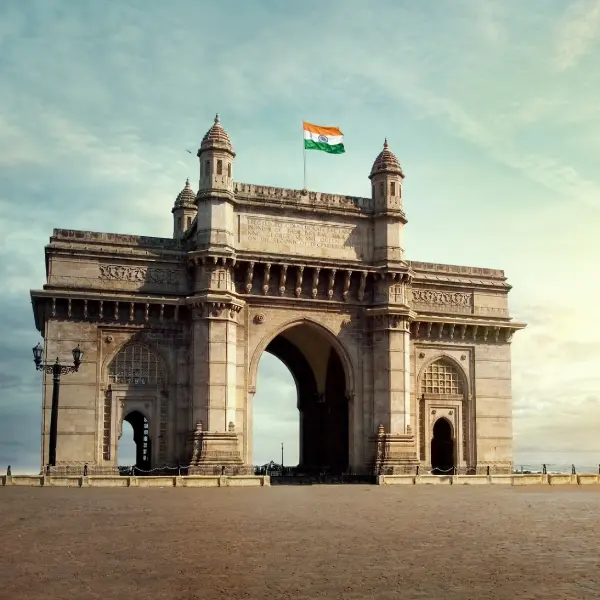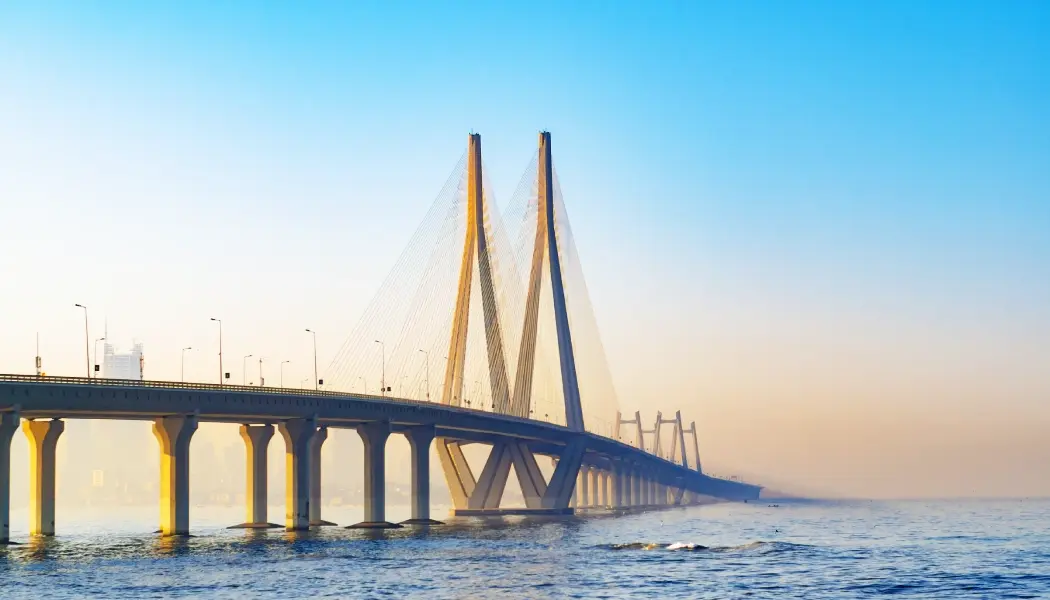

(October-March)Pleasant weather with temperatures between 15-30°C across most regions. Ideal for sightseeing and outdoor activities. Accommodation prices increase by 30-50% during this period and major festivals.
(July-September)Monsoon brings spectacular greenery to the Western Ghats, making waterfalls and hill stations particularly beautiful. Challenging for coastal areas and some historical sites. Prices typically 20-30% lower except in certain hill stations.
(April-June)Summer heat with temperatures frequently exceeding 35-40°C in inland areas. Coastal regions slightly more comfortable. Hill stations offer pleasant retreat with corresponding price increases. General accommodation prices in other regions drop by 25-35%.
Marathi is the official language; Hindi widely understood throughout the state; English common in urban centers and tourist areas; local dialects vary across regions.
Maharashtra experiences diverse climate patterns across its regions. Coastal areas (Mumbai, Konkan) remain warm and humid year-round with temperatures ranging from 20-35°C. The Deccan Plateau experiences hot summers (March-May) with temperatures reaching 40°C. The Western Ghats hill stations enjoy cooler climate (15-25°C) throughout the year with misty conditions during monsoon. The state receives substantial rainfall during southwest monsoon (June-September), particularly in the coastal belt and Western Ghats (2000-7000mm annually), while interior regions receive moderate precipitation (500-700mm). Winters (November-February) are mild and dry with pleasant conditions across the state.

Where ancient rock-cut caves stand as testament to remarkable artistic vision and spiritual devotion,Where the majestic forts of Shivaji narrate tales of valor and strategic brilliance across mountain peaks,Where the energy of Mumbai's streets contrasts with tranquil beaches and misty hill stations just hours away.


